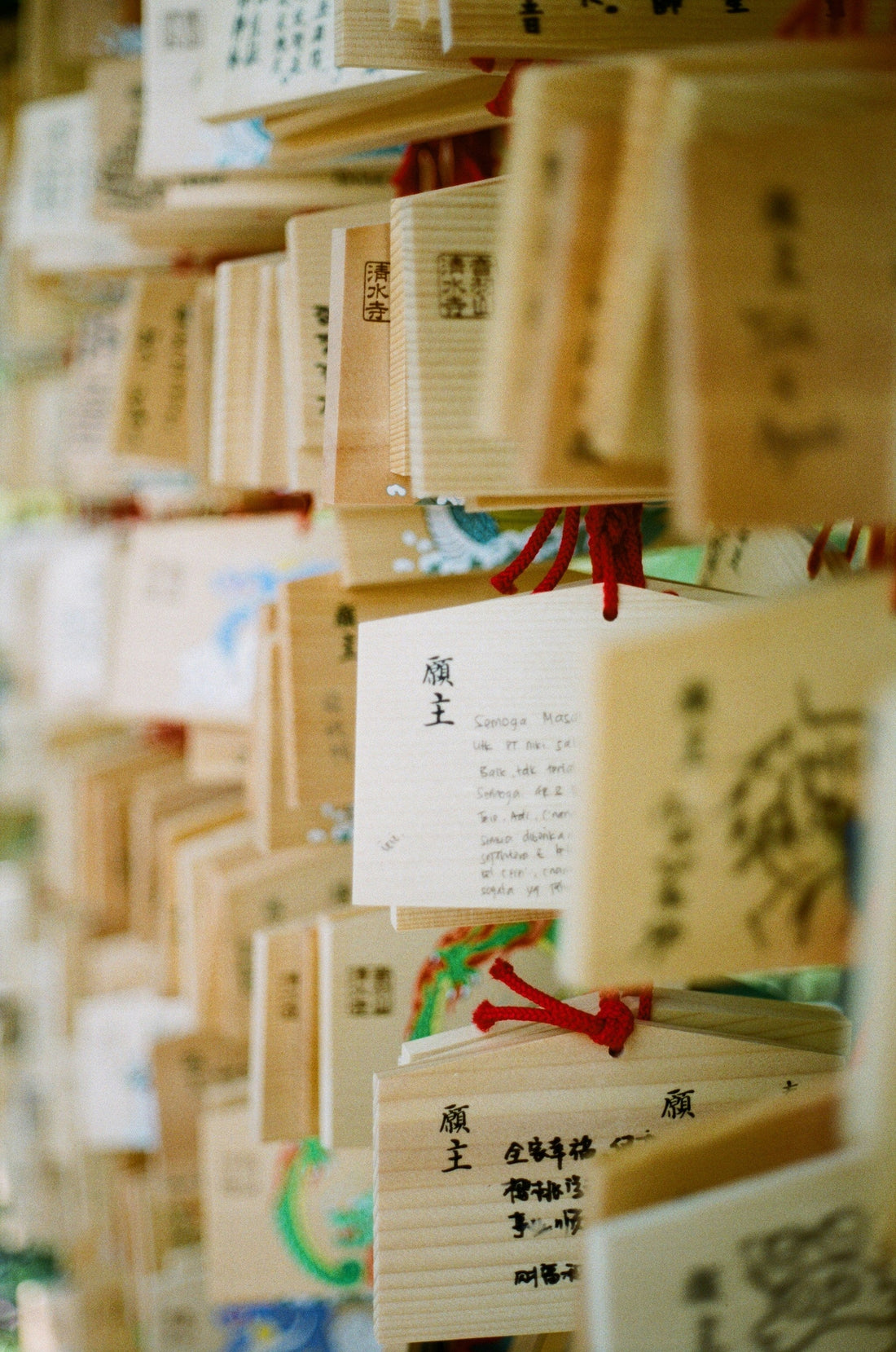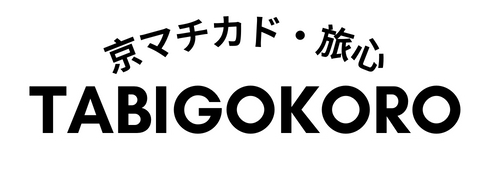
🧧 Japanese Omamori: What They Mean and Where to Buy in Kyoto
Share
If you’ve ever visited a Japanese shrine or temple, you’ve likely seen colorful little pouches hanging near the entrance. These are omamori (お守り)—traditional Japanese good luck charms that offer protection, blessings, and guidance for many aspects of life.
But what exactly do they mean, and which one should you choose? Here’s your quick guide to omamori and where to find them while exploring Kyoto.
🌸 What Are Omamori?
The word “omamori” comes from the verb mamoru (守る), meaning “to protect.” These charms are typically made of cloth and contain a sacred piece of paper or wood that’s been blessed by a Shinto priest or Buddhist monk. They are not to be opened, as doing so is believed to release the protective power.
Each omamori is tied to a specific wish or purpose, making them deeply personal and meaningful souvenirs.
✨ Common Types of Omamori
Here are some popular types you’ll find at temples and shrines:
💕 Enmusubi (縁結び) – For love and relationships. Perfect for romantic hopes or friendships.
📚 Gakugyō jōju (学業成就) – For academic success. Students often carry these during exam season.
🚗 Kōtsū anzen (交通安全) – For traffic safety. Often placed in cars to prevent accidents.
💼 Shōbai hanjō (商売繁盛) – For business prosperity. Great for entrepreneurs or store owners.
🧘 Yakuyoke (厄除け) – For warding off bad luck or misfortune.
👶 Anzan (安産) – For safe childbirth and healthy babies.
💪 Kenko (健康) – For health and long life.
You’ll often find designs that reflect the shrine’s location, season, or special deity. Many are beautifully embroidered and make heartfelt gifts.
🏯 Where to Buy Omamori in Kyoto
Kyoto, with its thousands of temples and shrines, is one of the best places in Japan to find meaningful omamori. Here are a few iconic spots:
1. Fushimi Inari Taisha
Known for its thousands of red torii gates, this shrine offers charms for business prosperity and safety in travel.
2. Yasaka Shrine
Located in Gion, this shrine is especially popular for love omamori and protection during festivals.
3. Kiyomizu-dera
A UNESCO World Heritage site where you can find a wide range of charms, including ones for love and safe childbirth.
4. Kitano Tenmangu
Dedicated to the deity of learning, this is the go-to shrine for students seeking good grades and success in exams.
5. Heian Jingu
Modern and elegant, this shrine is known for charms that reflect personal growth and creativity.
Most omamori range from ¥300 to ¥1,000, and proceeds help support the upkeep of the shrine or temple.
🔁 When to Replace Omamori?
Traditionally, omamori are replaced once a year, usually during the New Year or after they’ve fulfilled their purpose. Old charms can be returned to the shrine, where they are respectfully burned in a purification ritual.
🎁 Omamori: A Meaningful Kyoto Souvenir
More than just a cute trinket, omamori connect you to Japan’s spiritual traditions and offer quiet encouragement for your journey—whether it’s love, learning, or simply staying safe.
Next time you’re wandering through Kyoto’s sacred sites, take a moment to choose an omamori that speaks to your heart. Who knows? It may bring more than luck—it may bring peace.
In Kyoto Tabigokoro we showcase Kyoto's crafts that is inspired by Omamori Culture in Japan. Feel free to check Kotonoha Japanese crafts collection here https://matikado-tabigokoro.jp/en/collections/kotonoha
